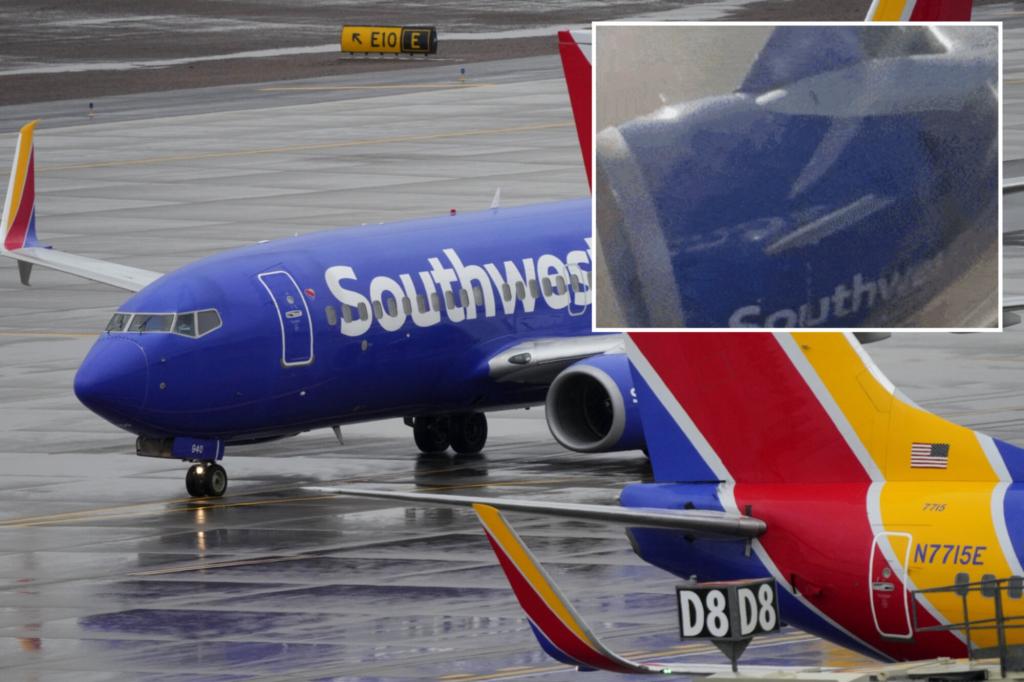AdRev profit-motivated "original sin" aside, SWA pax have died in the past as a result of engine containment failures. Beyond an honest blade inspection program (as opposed to a regulatory captured one), the cowling components are the critical part of avoiding the former carnage in the first place.
It's fair to suggest the ability to contain is not the sole responsibility of the design, aka the OEM. When panels come flying off like that video shows, that's also on the operator who maintains it (or more pointedly these days,
subcontracts to maintain). And it does put into question the presumed ability of the sub-assemblies to do what they're supposed to do, had an engine stage cata-failed before the panels showed themselves to be ill-maintained/handled, as shown by the video.
I think that deserves scrutiny. Not everything is "
p&ssy pedestrians and aviation illiterate journos is why we can't have nice things". baby/bathwater type of thing.
/

adv


 adv
adv I<3 POA.
I<3 POA.